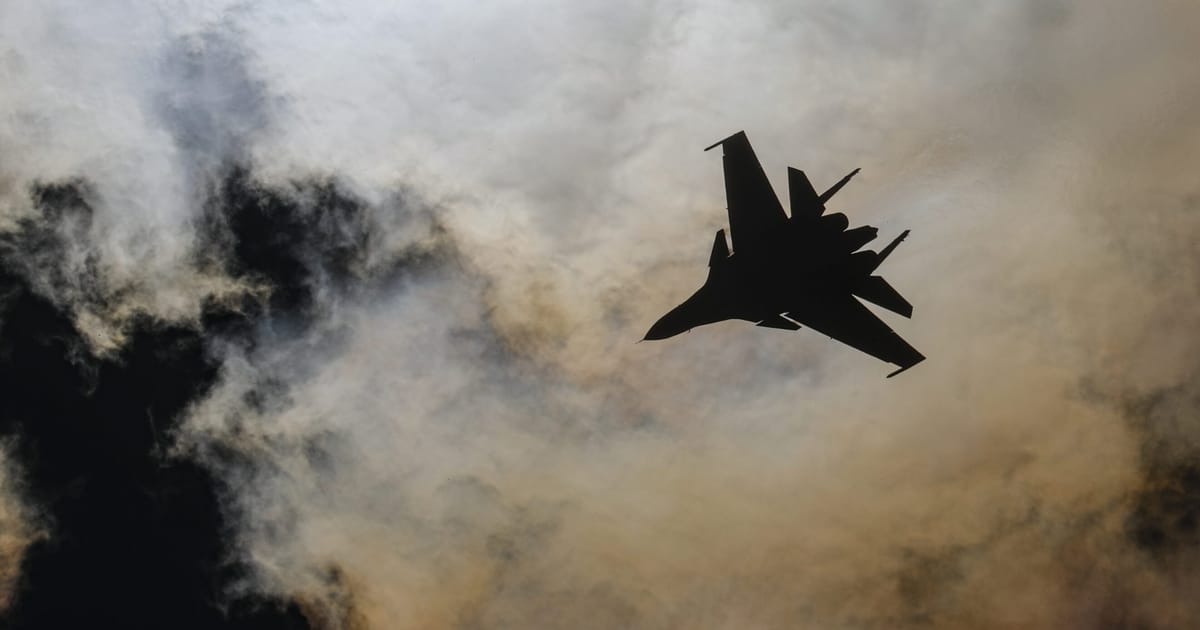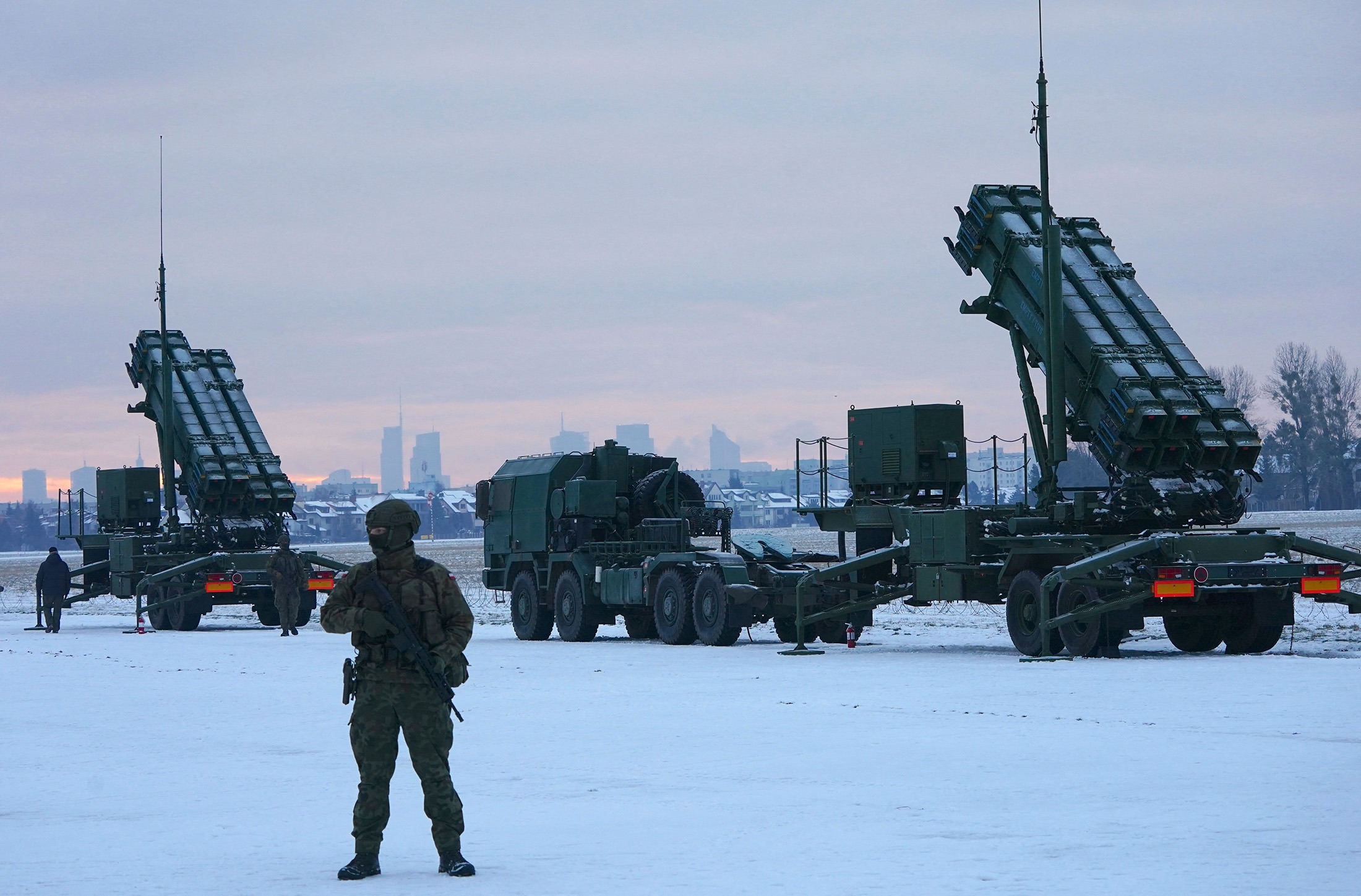Ukrainian forces launched a bold attack on Russian military and energy facilities on April 27, firing dozens of attack drones at the Kushchyovskaya airfield and two oil refineries in southwest Russia.
This move was likely intended to disrupt Moscow’s destructive glide-bomb operations, which have been causing havoc on the front lines and in rear positions. Kyiv’s latest long-range attacks targeted Moscow’s military and energy facilities, demonstrating Ukraine’s capability to strike deep into Russian territory.
Britain’s defense ministry reported that the attack on Kushchyovskaya forced Russia to relocate around 40 aircraft of different types to multiple airfields further from the front line over the past week.

Russian military (Credits: POLITICO.eu)
This development is a huge blow to Russia’s military operations, as Ukraine has already shown its ability to strike even further into Russian territory. By forcing Russia to disperse its aircraft, Ukraine has increased the length of sorties, requiring more fuel and placing additional strain on aircrews.
This outcome is a crucial win for Ukraine as it seeks to alleviate the strain on its front line forces and air-defense network, which have been under growing stress in recent months due to a lack of critical interceptor munitions.
This attack was not the first time Ukrainian deep strikes have forced Russia to relocate its vulnerable assets. Kyiv’s fleet of exploding naval drones previously wreaked havoc on Moscow’s Black Sea Fleet, compelling it to disperse warships from its headquarters in occupied Crimea to a port city along Russia’s southwestern coast.
The Kushchyovskaya airfield, home to Russia’s Su-34 and Su-35 fighter jets, was a strategic target. While it was not immediately clear if any aircraft were struck in the attack, Britain’s defense ministry reported that a number of glide-bomb kits had been destroyed in a storage facility.
Glide bombs, with their flight control surfaces and standoff capabilities, have been a persistent threat to Ukraine, and Russia has increasingly relied on them this year to devastating effect.

War in Ukraine (Credits: Bloomberg.com)
Experts warn that these munitions could play a crucial role in supporting Moscow’s ground operations in the coming months. Ukraine has attempted to counter this threat by targeting Russia’s airbases, including a large-scale drone attack on the Morozovsk airbase in April, although the extent of the damage was unclear.
The ongoing conflict between Ukraine and Russia has seen an escalation in recent months, with both sides employing innovative tactics and weaponry.
Ukraine’s ability to strike deep into Russian territory and disrupt Moscow’s military operations has been a crucial aspect of its defense strategy, and the latest attacks on Kushchyovskaya and the oil refineries demonstrate Kyiv’s continued determination to push back against Russian aggression.























